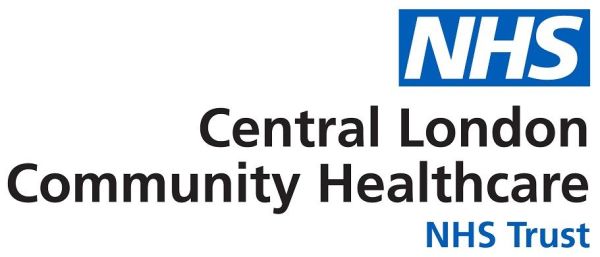Understanding Ramadan : Support your colleagues and patients
Ramadan is the holiest month in the Islamic calendar and is observed by Muslims worldwide. This year, Ramadan will commence on either 10 or 11 March, (depending on the sighting of the moon) and will last for a period of 29 or 30 days.
There are five key practices that all Muslims are obligated to fulfil throughout their lifetime, and fasting during the holy month of Ramadan (Sawm), is the fourth pillar of Islam. Ordained in the Holy Qur'an, fasting is an act of deep personal worship in which Muslims seek a richer perception of God.

Fasting in the month of Ramadan is obligatory for all healthy adult Muslims on reaching puberty. There are exemptions for those who are ill or whose health could be adversely affected by fasting, for example, pregnant or breastfeeding women and people with long term health conditions.
Any missed or broken fasts must be made up or an amount of money known as fidyah should be donated. The donations can be of food, or money, and it is used to feed those in need.
Many NHS staff and service-users who are Muslim and observe fasting during Ramadan will participate in the daily period of fasting, starting at sunrise and finishing at sunset over the month. This means total abstinence from food, drink (including water and medication) and smoking.
While fasting is an important part of Ramadan, it is also a time of self-reflection and self-evaluation for Muslims. It is a time for communal prayer, spiritual reflection, meals with extended family and friends to break daily fasts, and it concludes with the community celebration of Eid-Ul-Fitr.
Nutrition and Hydration Week (March 11 to 17) coincides with Ramadan, making it an ideal time to discuss tips for maintaining good health during this holy month. There is information and resources on keeping patients with diabetes healthy during Ramadan available on the NHS England website which you can share with service users and patients.

